Boston Children's Museum
308 Congress Street, Boston, MA 02210
617-426-6500
© Boston Children’s Museum 2025
Website Design by Jackrabbit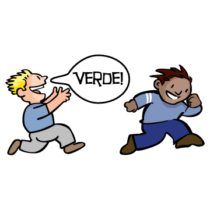
This game has lots of advantages—not only does it give kids a chance to run around and get some exercise, but it also sharpens their observation skills; helps younger children with their colors; and exposes children to another language and culture.
VIEW ACTIVITY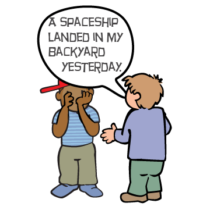
Open-ended creativity is natural for kids—adding teamwork to the mix makes this an activity that you’ll want to do over and over. Story Tag encourages quick thinking, creativity, focus, adaptability and practice of spoken language skills. It also helps children learn how to create clear sentences that help develop a central idea, and how a story develops from beginning to end.
VIEW ACTIVITY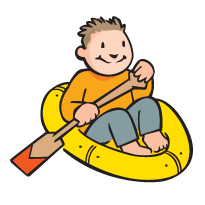
Games like Captain’s Coming and Simon Says are great ways to help children practice listening carefully to instructions. In this game children must learn and understand new vocabulary, they need to cooperate with their peers and they will get lots of great exercise—while they have a whole lot of fun!
VIEW ACTIVITY
Most children only have a basic understanding of their own bodies, and they often have little choice about what they are served at meals. At the same time, these children are just becoming acquainted with a variety of foods. The more opportunities children have to think about what they eat, be curious and adventurous in trying new foods and begin to take responsibility for their own lifestyle choices, the more likely they are to make healthful choices when they do get to decide what fuel they are putting into their bodies. In this activity, children will have a chance to create their own recipe for a dip that they will use to enhance the flavor of fruits and vegetables.
VIEW ACTIVITY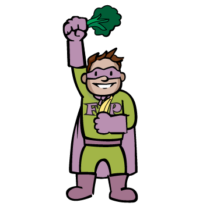
Most children have come into contact with a wide variety of fruits and vegetables, but few have ever taken the time to examine these foods closely. Offering children an opportunity to carefully study objects that seem so familiar will give them a chance to practice their observation skills and may encourage them to more carefully observe other things that they take for granted. In addition, children will gain a fresh perspective on familiar fruits and vegetables and learn about some not-so-familiar kinds as they identify, investigate and sample a variety of these foods.
VIEW ACTIVITY
Most children only have a basic understanding of their own bodies, and they often have little choice about what they are served at meals. At the same time, these children are just becoming acquainted with a variety of foods. The more opportunities children have to think about what they eat, be curious and adventurous in trying new foods and begin to take responsibility for their own lifestyle choices, the more likely they are to make healthful choices when they do get to decide what fuel they are putting into their bodies. In this activity, children will learn how to read about the nutritional information for some of the foods they already eat. Learning to read these labels is one of the most helpful tools we have in gaining control of our eating habits.
VIEW ACTIVITY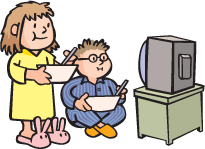
Most children only have a basic understanding of their own bodies, and they often have little choice about what they are served at meals. At the same time, these children are just becoming acquainted with a variety of foods. The more opportunities children have to think about what they eat, be curious and adventurous in trying new foods and begin to take responsibility for their own lifestyle choices, the more likely they are to make healthful choices when they do get to decide what fuel they are putting into their bodies. In this activity, children will learn how to read about the nutritional information for some of the breakfast cereals they like to eat. Learning to read these labels is one of the most helpful tools we have in gaining control of our eating habits.
VIEW ACTIVITY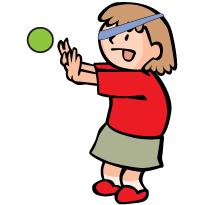
Children’s bodies are undergoing constant change. By getting to know their own bodies better, these changes can be less mysterious. Children who are in tune with their own bodies can use all of their senses as tools as they explore and try to understand the world around them. This activity helps children learn more about their sense of sight.
VIEW ACTIVITY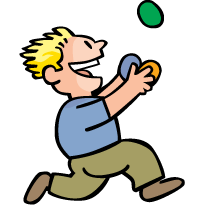
Juggling is not merely a fun activity, but it has many potential benefits as well. Juggling can help improve eye-hand coordination, problem-solving skills, ambidexterity, balance, motor skills, rhythm and timing—just to name a few. Research has even shown that people who learn how to juggle actually increase their brain size! In addition, self esteem, confidence, perseverance, teamwork and communication can reap the benefits of juggling, and children who learn best kinesthetically will really take to this activity.
VIEW ACTIVITY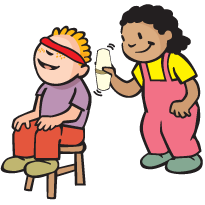
Children’s bodies are undergoing constant change. By getting to know their own bodies better, these changes can be less mysterious. And a child who is in tune with their own body can use all of their senses as tools as they explore and try to understand the world around them. This activity helps children learn more about their sense of hearing.
VIEW ACTIVITY